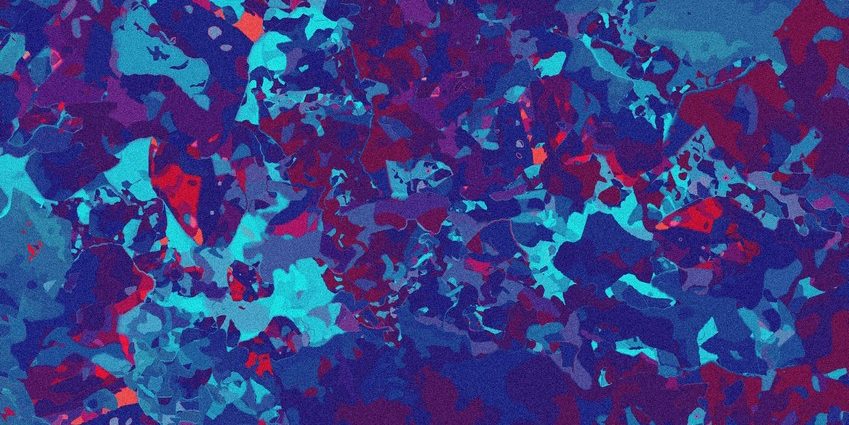The angle of the mandible, which may be either inverted or everted, is marked by rough, oblique ridges on each side, for the attachment of the masseter laterally, and the pterygoideus internus (medial pterygoid muscle) medially; the stylomandibular ligament is attached to the angle between these muscles.
Where is the angle of the mandible located?
The gonial angle, or angle of the mandible (Angulus mandibulae) is located at the caudal border at the junction of the inferior border of the body and the ramus of the mandible.
What Tuberosities are found at the angle of mandible?
Anatomical Parts
The pterygoid tuberosity is a rough area for the attachment of the medial pterygoid muscle on the internal surface of angle of mandible.
What are Tuberosities?
Tuberosity – A moderate prominence where muscles and connective tissues attach. Its function is similar to that of a trochanter. Examples include the tibial tuberosity, deltoid tuberosity, and ischial tuberosity.
What causes maxillary Tori?
Dental tori factors include: Trauma or injury to the mouth’s interior. Jawbone stress due to teeth grinding and clenching. Lifestyle/diet influences, such as vitamin deficiencies, fish consumption, and calcium-rich diets.
Is the mandible axial or appendicular?
The mandible is part of the axial skeleton. The 80 human bones in the axial skeleton include the sacral, coccygeal, part of the ribs, sternum and the…
What is behind the mandible?
The mandible sits beneath the maxilla. It is the only movable bone of the skull (discounting the ossicles of the middle ear). It is connected to the temporal bones by the temporomandibular joints.
What is a mandibular angle fracture?
Mandibular angle fractures represent the largest percentage of mandibular fractures. Two of the most common causes of mandibular angle fractures are motor vehicle collisions and assaults or altercations. There are two main proposed reasons why the angle of the mandible is commonly associated with fractures.
Which part of the mandible attaches to the cranium?
The mandible articulates with the cranium via the temporomandibular joint.
What causes pain at angle of mandible?
The pain of hyoid syndrome starts below the angle of the mandible and radiates into the anterolateral neck. It is triggered or worsened with chewing, rotation of the cervical spine, and swallowing (Figure 25-1). The pain of hyoid syndrome is sharp and stabbing and often is referred to the ipsilateral ear.
What is the Condyloid process?
Medical Definition of condyloid process
: the rounded process by which the ramus of the mandible articulates with the temporal bone.
Which angle is present in letter L?
Note that whenever two lines segments meet at an endpoint, two angles are implicitly defined. Often students only focus on the angle that is less than 180 degrees, but for example, the letter L can be thought of as defining both an angle that is 90 degrees and one that is 270 degrees.
What is the Gonial angle?
Medical Definition of gonial angle
: the angle formed by the junction of the posterior and lower borders of the human lower jaw. — called also angle of the jaw, angle of the mandible.
What are the parts of mandible?
The mandible is made up of the following parts: the body and two rami.
- Body. The body is the anterior portion of the mandible and is bound by two surfaces and two borders. …
- Ramus. The ramus contributes to the lateral portion of the mandible on either side. …
- Coronoid Process. …
- Condyloid Process.
What does mandibular mean?
relating to the lower jaw: a mandibular abscess.
How does the mandible work?
The lower jaw (mandible) supports the bottom row of teeth and gives shape to the lower face and chin. This is the bone that moves as the mouth opens and closes. The upper jaw (maxilla) holds the upper teeth, shapes the middle of the face, and supports the nose.
Is the mandible appendicular?
The axial skeleton includes the skull and all the cranial bones, the spine, the ribs and the hyoid bone. The hyoid bone is just inferior to the mandible (jaw bone) and it sits anterior to (in front of) the third cervical vertebrae. … The appendicular skeleton is everything else.
What is axial and appendicular?
The bones of the human skeleton are divided into two groups. The appendicular skeleton includes all the bones that form the upper and lower limbs, and the shoulder and pelvic girdles. … The axial skeleton includes the bones that form the skull, laryngeal skeleton, vertebral column, and thoracic cage.
What is the appendicular skeletal system?
The appendicular skeleton is one of two major bone groups in the body, the other being the axial skeleton. The appendicular skeleton is comprised of the upper and lower extremities, which include the shoulder girdle and pelvis.
Should Tori be removed?
In most cases tori are benign and do not require treatment. However, tori will need to be surgically removed to accommodate upper or lower dentures and upper or lower partial dentures (flippers). Tori may also be removed to aid in minimizing food impaction under the excess bone, which will promote improved home care.
Why do I have Tori in my mouth?
Tori develop for a variety of reasons, all of them less alarming than cancer. For instance, chronic tooth grinding (bruxism) or a misaligned bite that puts abnormal pressure on the teeth may trigger the growth of tori. Individuals who eat lots of fish or calcium-rich foods may have a higher risk of developing tori.
What does mandibular tori look like?
Usually, these bony extensions are slightly bulbous looking and located on the tongue-side surface of your lower premolars (those are the teeth just behind your canines but in front of your molars.)
What does the tubercle do?
In the human skeleton, a tubercle or tuberosity is a protrusion that serves as an attachment for skeletal muscles. The muscles attach by tendons, where the enthesis is the connective tissue between the tendon and bone.

